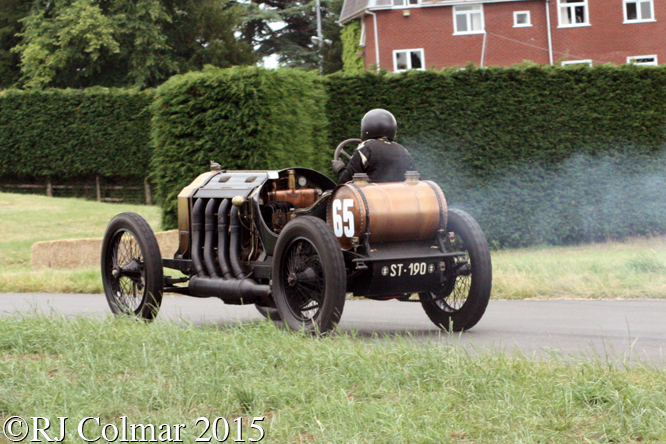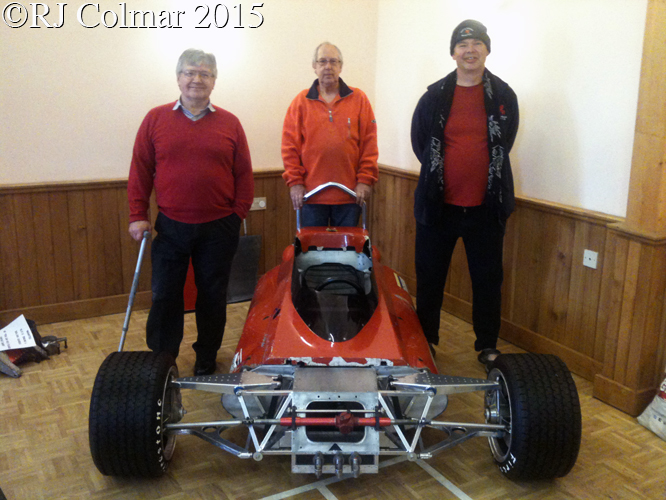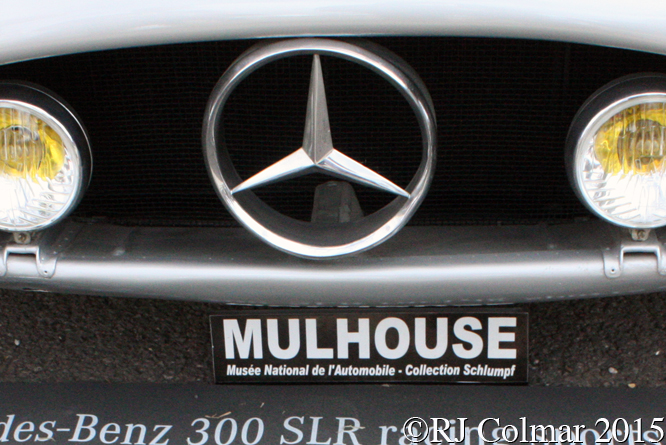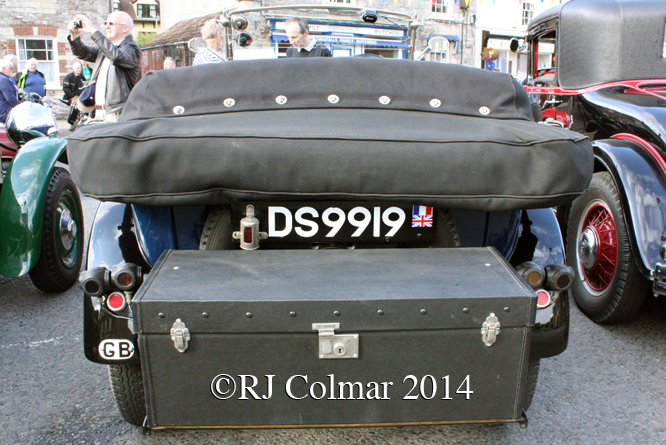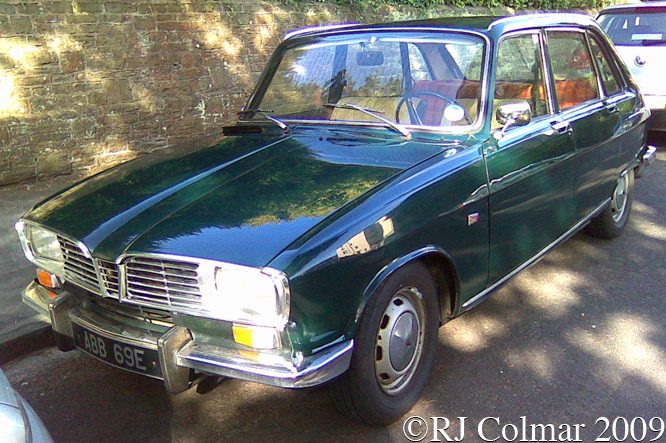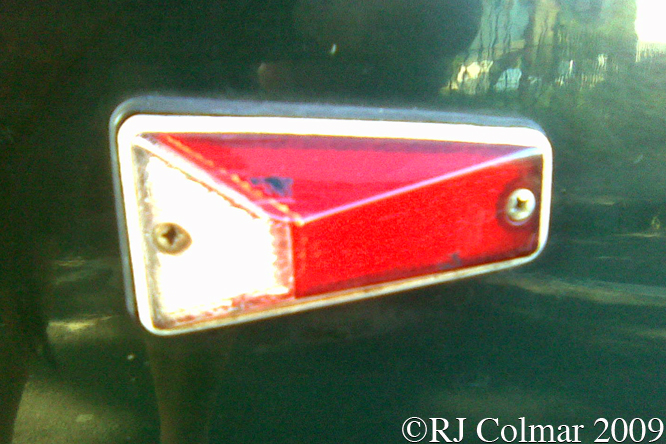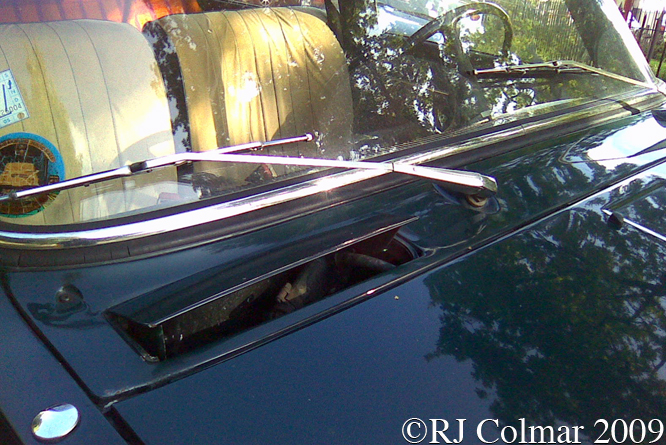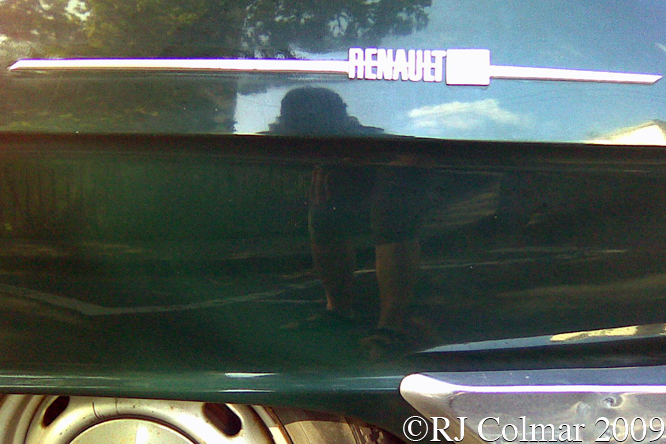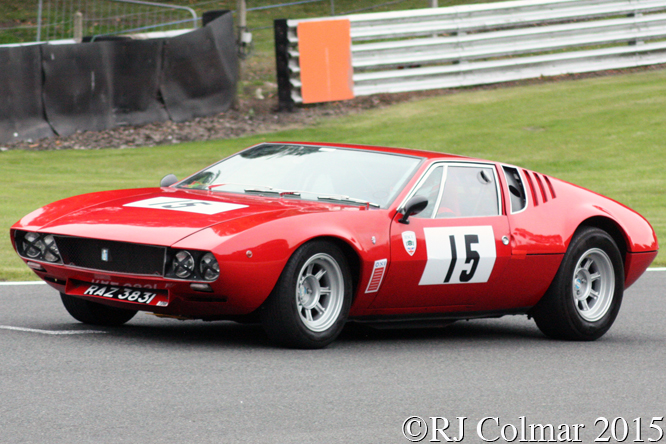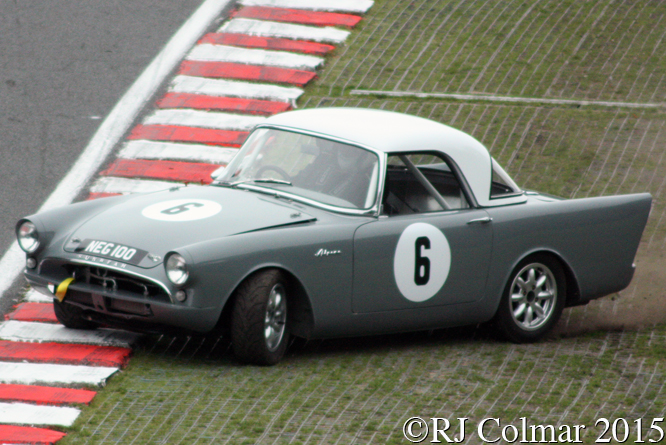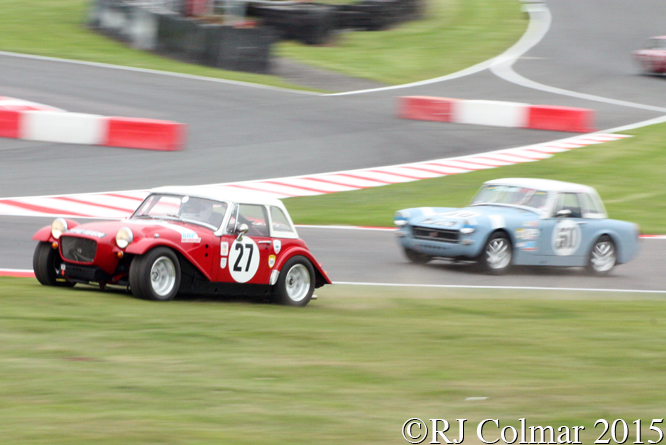So here is a little teaser question to start the week, what do American actor Jack Nicholson, Cambodian totalitarian dictator Pol Pot and Colombian drug dealer Pablo Escobar all have in common ? Answer at the end of this blog.
In order to compete with Rolls-Royce, Bentley, Cadillac, Lehmann-Peterson stretched Lincolns and the Chrysler Imperial Crown Ghia in the Ultra Luxury market segment Mercedes Benz built the 600 also known as “Der Großer” which was launched in September 1963.

Since the biggest Mercedes Benz 3 litre 183 cui was never going to be up to the job of propelling this heavy weight, Mercedes Benz developed it’s first V8 engine, featuring single overhead cam shafts, with a capacity of 6289 cc / 383cui that produced 250hp.
To ensure the silent operation of the air conditioning, power window’s, sunroof, seats, auto door and boot/trunk closure and the suspension damping Mercedes Benz eschewed complex electrics and developed a complex hydraulic system that operates at a nominal 3200 psi, all well and good until it develops a leak and or the system gets refilled with synthetic automatic transmission oil, which eats the all rubber seals, instead of the correct mineral based oil.
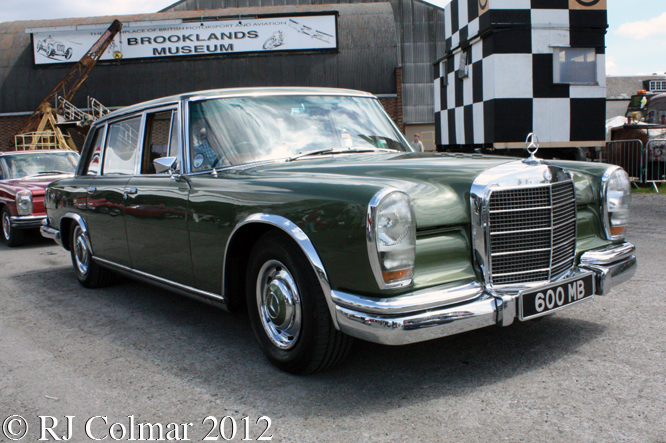
The windows are hydraulically activated by door switches that have a variable rate of closure depending on how hard one presses the switch, whack it inadvertently and someone could loose an arm, similarly if one touches the open boot/trunk lid it will close automatically, try and push it shut and one will likely as not break the hinges.
To keep ones hydraulics in order Mercedes Benz thoughtfully equipped the car with a hydraulic spares kit that contains brass spacers to keep the power seats from collapsing in the event of hydraulic system failure, three hydraulic blocks, three line connections, a set of hydraulic line plugs and clips, four wooden wedges to insert in to the window channels to keep the windows up, a spare hydraulic flex line, an oil container and an instruction manual to help you use all of the above correctly.

The design of the 600 is credited to Italian Bruno Sacco, German Friedrich Geiger and Paul Bracq, the latter allegedly helped in the design of 600 pick up and hearse conversions that were built by Karl H. Middlehauve in the United States.
In all 2,677 Mercedes Benz 600’s were built up until 1981 they include; 2,190 Saloons, like the 1965 example seen at Brooklands Double Twelve a couple of years ago in these photographs, 304 4 door Pullmans, 124 6 door Pullmans and 59 Landaullets and 2 Coupé’s one of which was given to Mercedes Benz 300 SLR designer Dr. Rudolf Uhlenhaut upon his retirement.
By now you have probably guessed that Jack Nicholson, Pol Pot and Pablo Escobar have all owned a Mercedes Benz 600, the latters was destroyed in an attack in an attack in 1988 five years before his death. Other entertainers who owned a 600 include; Elizabeth Taylor, John Lennon, George Harrison, Karen Carpenter, Elvis Presley and Rowan Atkinson, politicians who owned 600’s include; Josip Broz Tito, Nicolae Ceaușescu, Francois (Papa Doc) Duvalier, Jean-Bédel Bokassa, F. W. de Klerk, Leonid Brezhnev, Idi Amin, Fidel Castro, Ferdinand Marcos (times 4 !), Kim Il-sung, Kim Jong-il, Saddam Hussein and Chairman Mao Tse-tung / Zedong, no other drug dealers are recorded as having owned a 600.
Thanks for joining me on this “Der Großer Ultra Luxury” edition of “Gettin’ a li’l psycho on tyres” I hope you will join me again tomorrow when I’ll be looking at a vehicle said to be responsible for the cancellation of a rivals model amid accusations of industrial espionage. Don’t forget to come back now !






